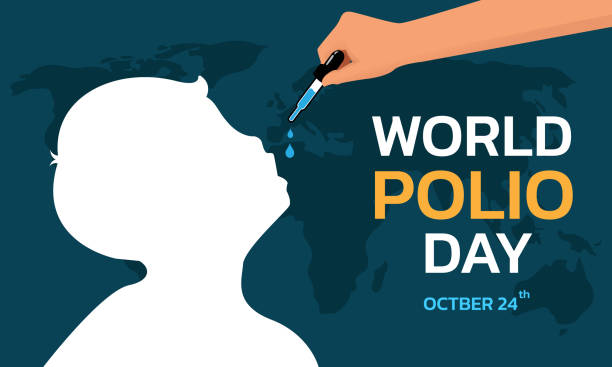In today’s digital age, enjoying your favorite movies and shows on Netflix has become...
Henry Mworia
Making SGR bookings has never been easier for Kenyans, whether you prefer to book...
Height is a fascinating aspect of human biology. Many people wonder how to increase...
African braids hairstyles have deep cultural significance and offer a means of self-expression for...
Rocket Attacks from Lebanon On October 20, chaos erupted in northern Israel as approximately...
Ringworms can be a frustrating and potentially damaging condition, especially when they affect the...
Identifying early signs of HIV in women is crucial for timely diagnosis and treatment....
Purchasing a new car or a used car in Kenya can be a thrilling...
The polio vaccine is an essential component of Kenya’s public health strategy, aimed at...
Ah, Boyfriend’s Day! A day that seems to have sneaked in under the radar,...















